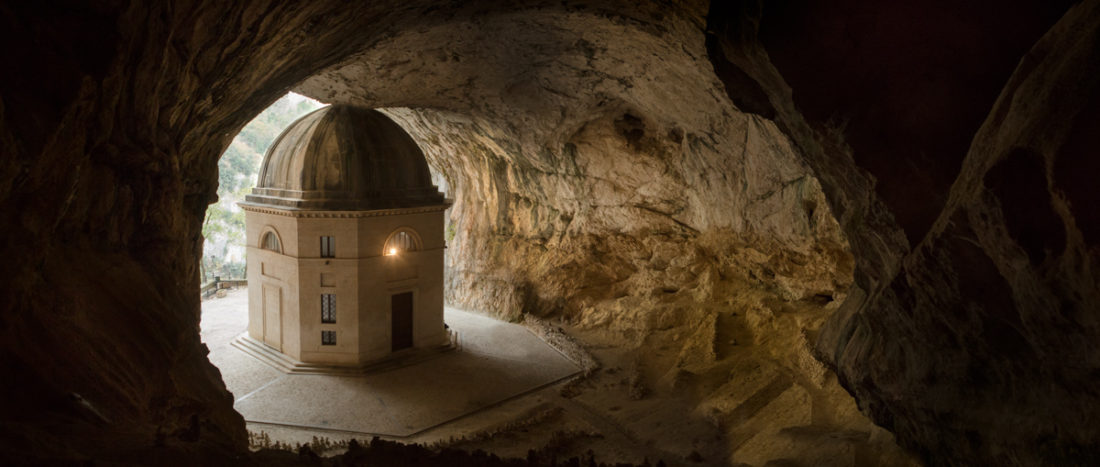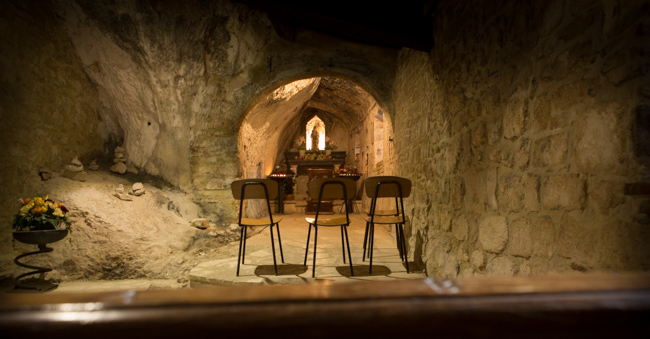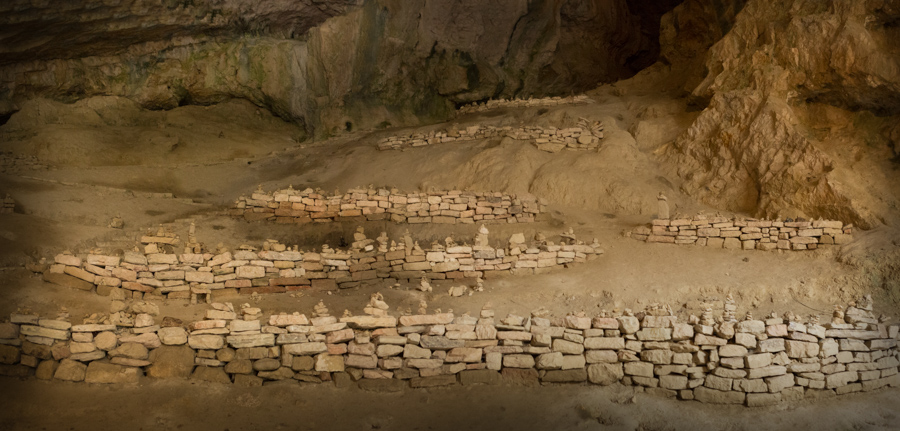
Discovering Genga (and a big womb)
I am never sure what we will discover next. Like when we bought a house that we thought was from the 1700s, and then figured out, during restoration, that it was originally a defensive tower, probably built in the 1300s.
We were curious to discover more about the house. Somehow one thing led to another, and on just-another-Sunday we ended up a road trip to a part of Italy we didn’t get know, called La Marche. The whole adventure was kicked off when older villagers who told us that, when they were kids, they were the last of many generations of kids who called our house “La Genga”, meaning “a fortified home in the unsafe wilds outside of a walled village.”
John delved deeper into the history of the house, and the word “genga.” His research yielded information about a nearby wilderness in La Marche, with a village called Genga. So we went.
La Marche has some rougher, more primal topography than Tuscany. Our destination was midway through an impressive, deep canyon, riddled with caves (like 40 kilometers of them), called the Frasassi Caves. At the mouth of the largest cave, Pope Leo XII (who came from Genga), built a church in 1828, known as the Tempio del Valadier. But the story of the cave is much older. A sign along the trail up to the church tells of the site’s original purpose as a Roman temple dedicated to women and maternity.
After a 700-meter walk straight uphill, when we arrived at the mouth of the cave, I could see why both the Christian and the pagan would have existed (and battled it out) here. This cave is, unmistakably, like walking through a birth canal into a womb.
I have always wanted, in moments when I’ve needed psychic self-care the most, to embrace that “I am made of stardust, I can create life” vibe but have always found the thought hollow. But standing in this dark, round, circular chamber I felt it. Through time. And especially as a woman. And I can see why the Romans would have come here, and why the Pope would have needed to slap a tall, domed Christian church (albeit beautiful) right at the exit.
And before the Romans, deeper into the caves, why someone, roughly 20,000 years ago, carved a Venus statue from a stalactite.

There’s another shrine at the site—the Sanctuary of Santa Maria infra Saxa was carved into the stone face of the cliff to honor the Madonna in 1029.

It is gorgeous. And seats about four.

The ground between the church at the entrance of the cave and the “womb” at the end is extraordinary. Every spare rock had been picked up and placed into a series of small cairns, which constantly change and evolve as rocks fall and new visitors come. The result was this pristine scene, and somehow these cairns don’t seem as self-indulgent as they sometimes can.






No Comments